Description
Benefits of Gardening for Kids: A Multifaceted Learning Experience
Gardening presents a remarkable opportunity for children, particularly those aged 3-12, to delve into an engaging and educational activity that encompasses numerous developmental benefits. One of the key educational aspects of gardening is the hands-on learning about plant biology. As children plant seeds, watch them sprout, and nurture them into mature plants, they acquire fundamental knowledge about plant life cycles, photosynthesis, and the importance of environmental factors such as sunshine and water.
Beyond the scientific learning, gardening also plays a significant role in developing fine motor skills. Handling small seeds, using tools to dig and plant, and managing delicate sprouts involve precise hand-eye coordination and control. Additionally, the act of caring for plants instills a sense of responsibility in children. They learn the importance of consistent effort and attention, as plants require regular watering, appropriate sunlight, and protection from pests.
Emotionally, gardening can be a profoundly enriching experience. Nurturing plants can foster emotional growth as children experience the rewards of their care and patience. Watching their plants flourish offers a sense of accomplishment and can boost self-esteem. The process also teaches patience, as growth does not happen overnight but requires a sustained and diligent effort.
The sensory experiences involved in gardening are numerous, ranging from the texture of soil between their fingers to the visual appeal of blooming flowers and the fresh scents of various plants. These experiences stimulate sensory awareness and can be particularly beneficial for younger children in enhancing their sensory development.
Gardening is an excellent form of physical activity, encouraging children to be active as they dig, plant, and water their gardens. This not only promotes physical health but also sets the stage for a lifelong appreciation of outdoor activities. Additionally, gardening offers a unique avenue for family bonding. Parents and children working together in the garden can create lasting memories and strengthen family ties.
In today’s increasingly digital age, gardening is a refreshing way for children to connect with nature. It counters the sedentary lifestyle that can result from excessive screen time and encourages a healthier, more active way of life. The benefits of gardening for kids are extensive, making it a valuable addition to any child’s educational and developmental journey.
“`
Components and Tips for Using a Plant Starter Kit
A well-rounded plant starter kit tailored for children typically contains a variety of elements designed to make gardening both fun and educational. These kits often include seed packets, soil pellets, containers, and instructional booklets. Each component plays a crucial role in guiding young gardeners through their first horticultural experience.
Seed packets in these kits frequently feature easy-to-grow varieties such as sunflowers, tomato, and capsicum. These plants not only have high germination rates but also grow quickly, providing children with visible results sooner, which is essential for maintaining their interest and excitement. The soil pellets included in the kit expand when watered, creating a mess-free environment that is perfect for small hands.
Containers provided in plant starter kits are usually made from child-safe, durable materials. The instructional booklets are specifically designed with young readers in mind, featuring simple language, vibrant images, and clear, step-by-step guidance on planting and caring for their new greenery.
Safety is paramount when selecting a plant starter kit for children. Ensure that all plants are non-toxic and the tools are kid-safe, with no sharp edges that could cause injury. Teaching children about safety and the importance of washing their hands after handling soil and plants is also vital.
When choosing age-appropriate plant varieties, opt for options that are relatively low-maintenance but rewarding. For example, sunflowers can grow to impressive heights, creating awe and wonder for young gardeners.
To keep children engaged, incorporate fun activities into the gardening process. Plant journaling, for instance, allows them to document growth stages and foster observation skills. Garden tags can add a creative touch to their project, while simple experiments, such as measuring plant growth over time, can integrate learning with practical experience.
Integrating plant starter kits into school projects or nature-related learning can further enhance their educational value. This hands-on interaction with plants helps children understand biological processes, responsibility, and the importance of caring for living things.


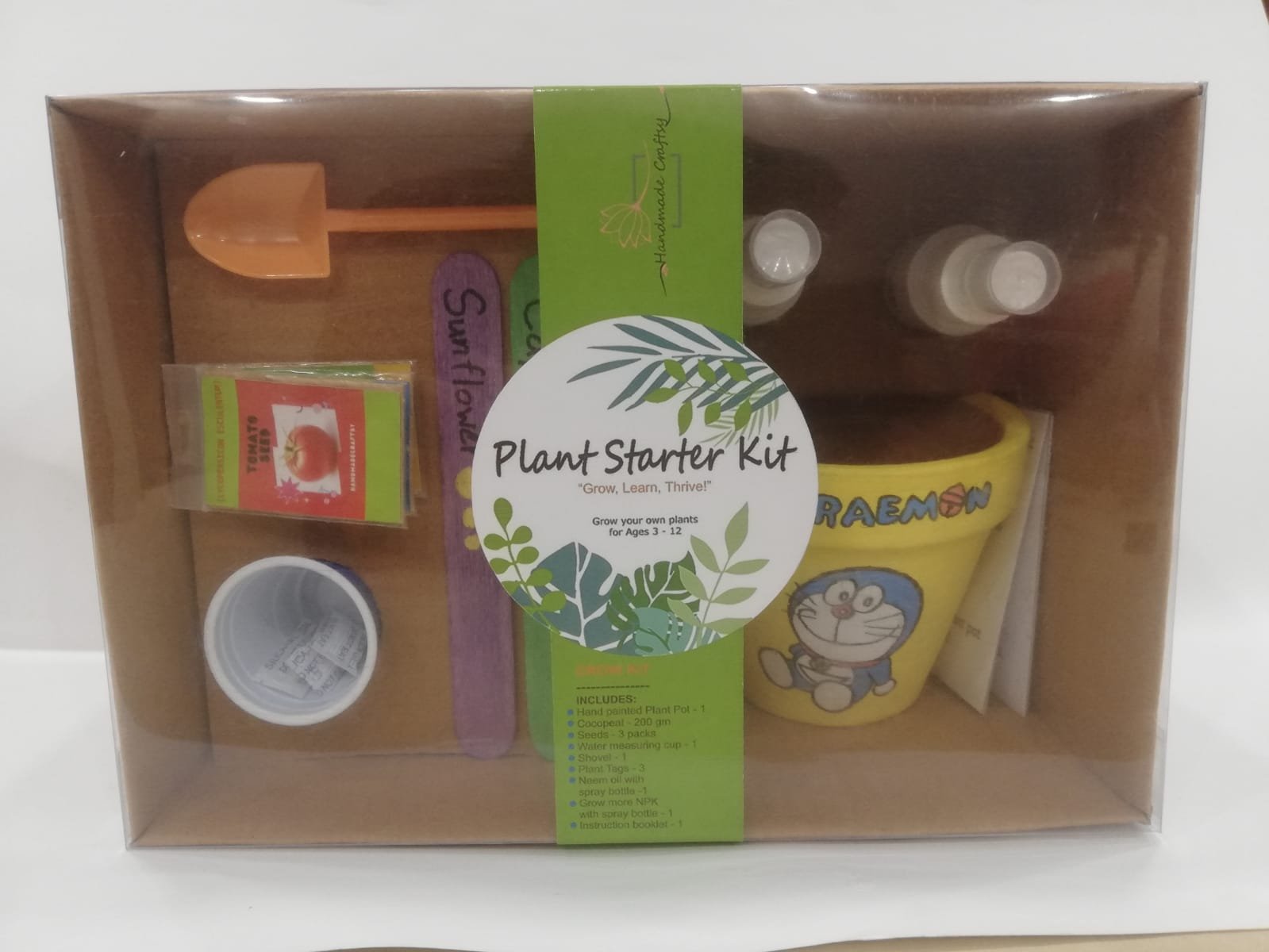
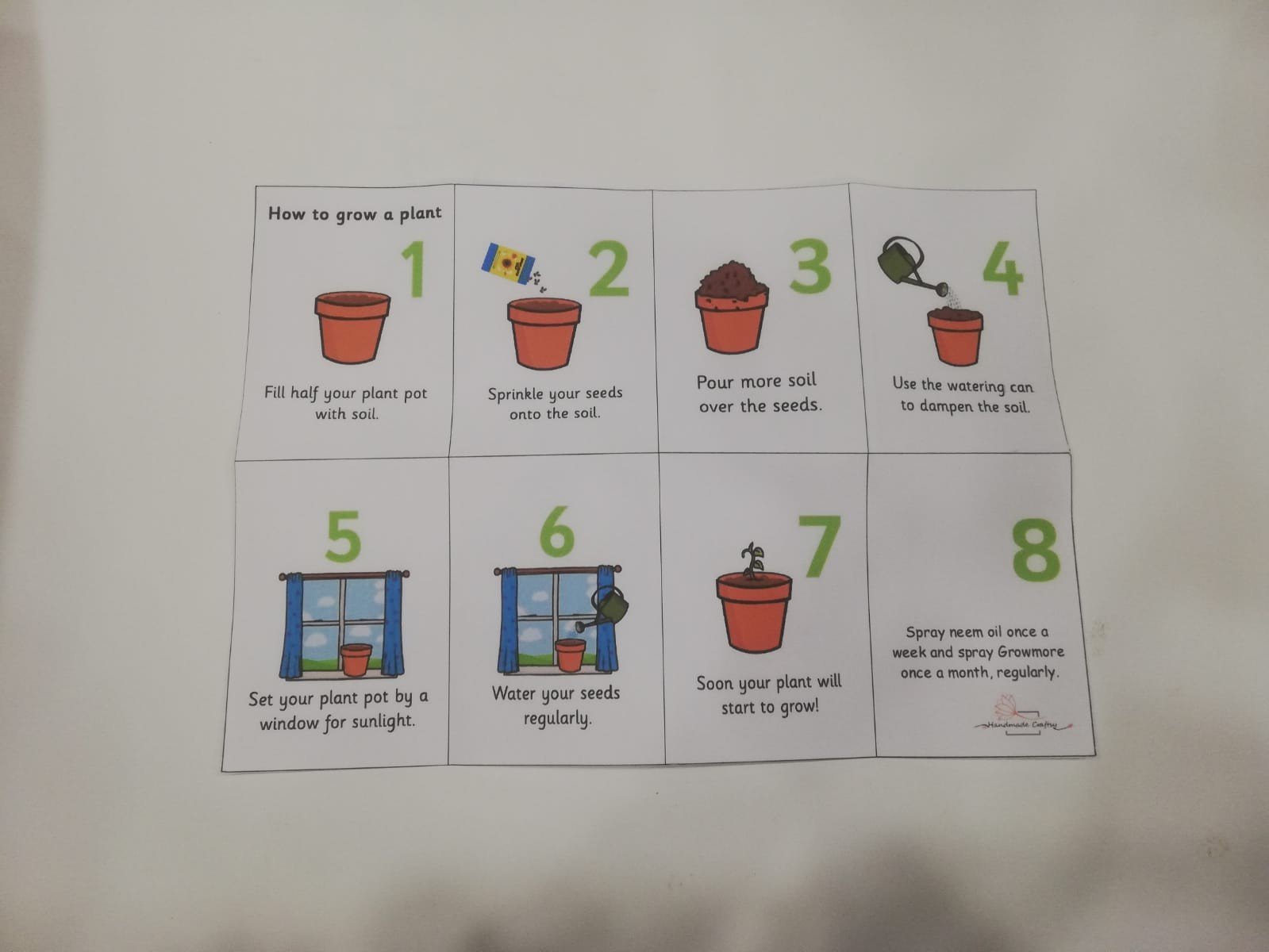

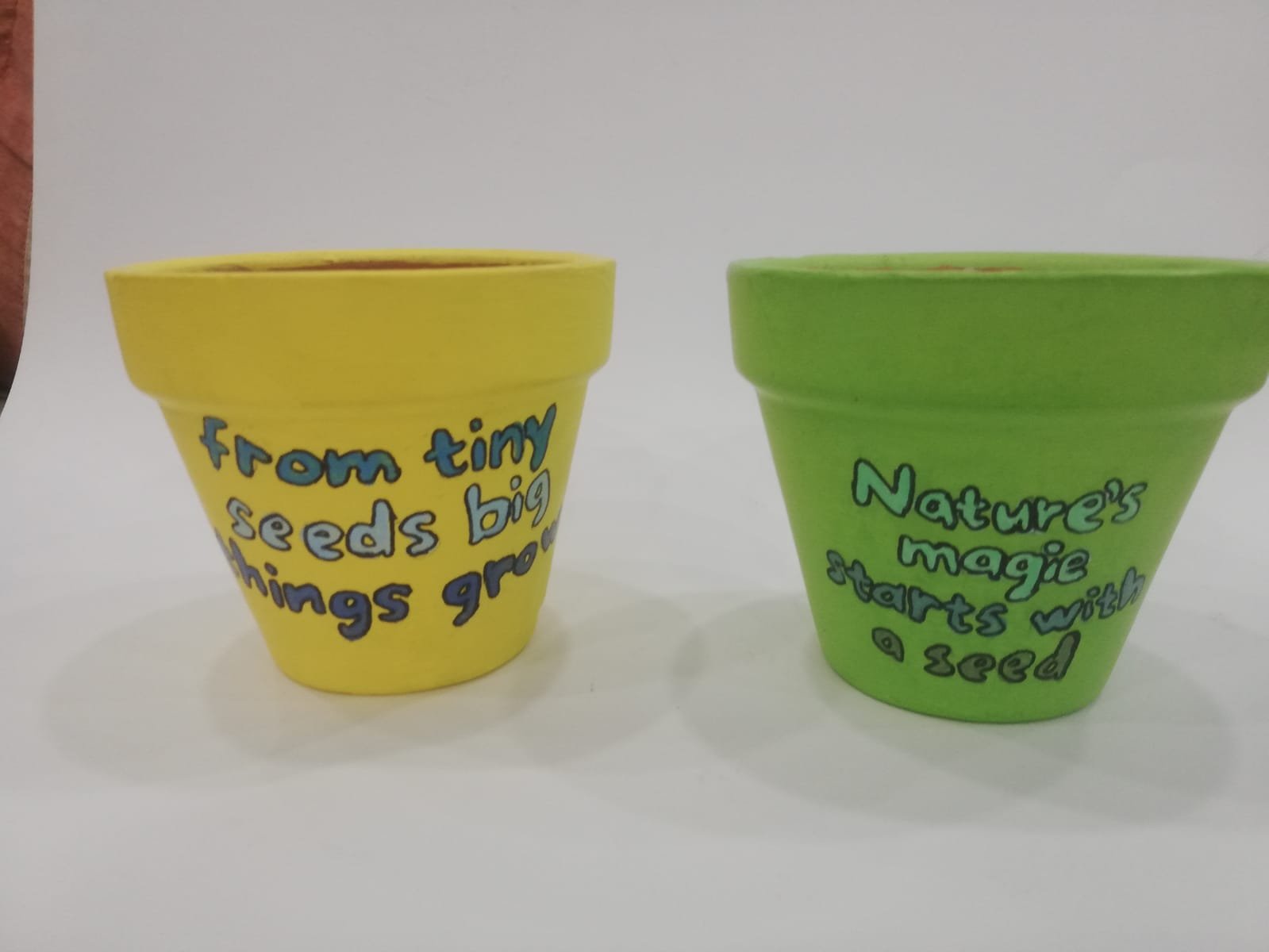

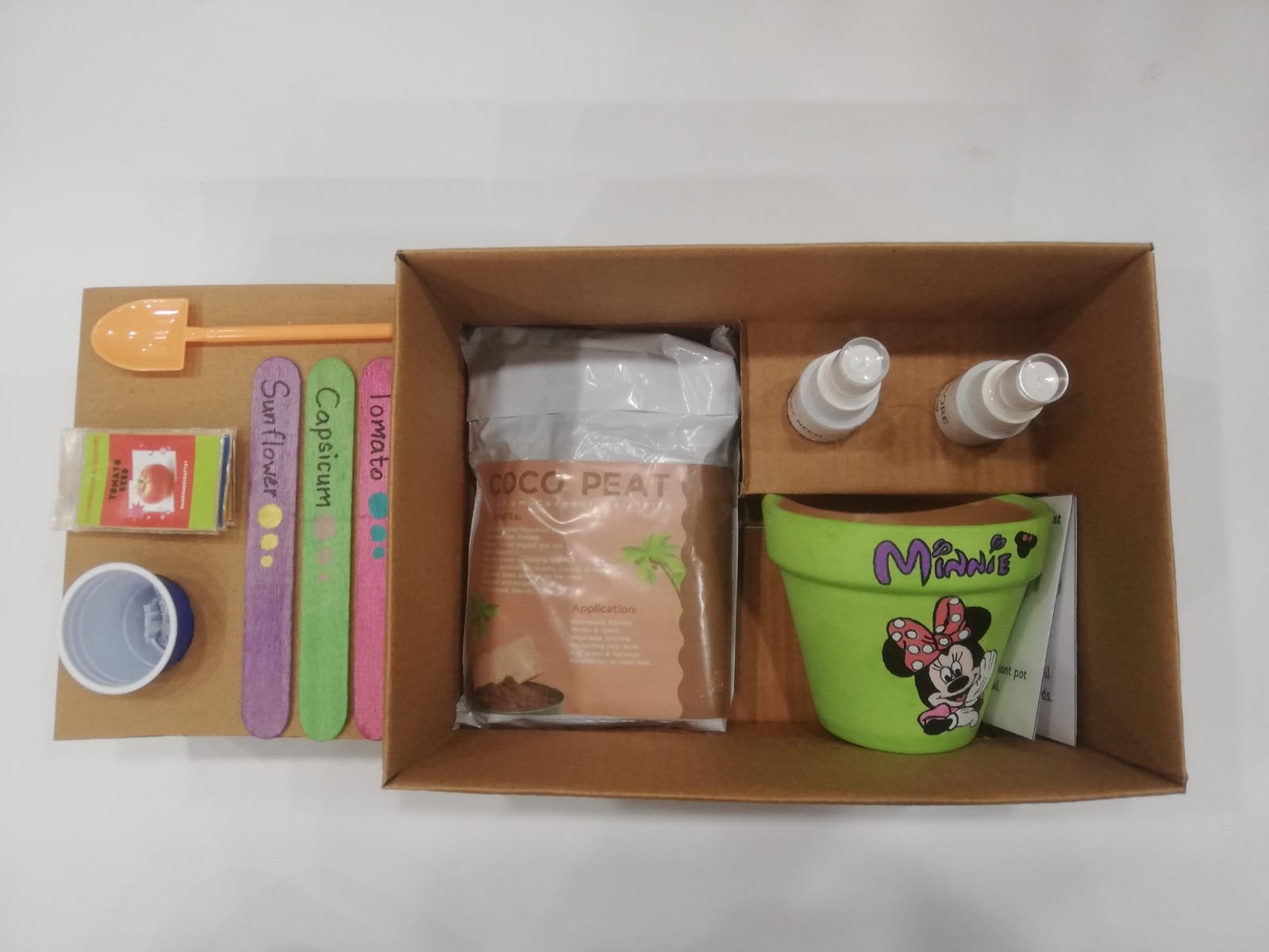
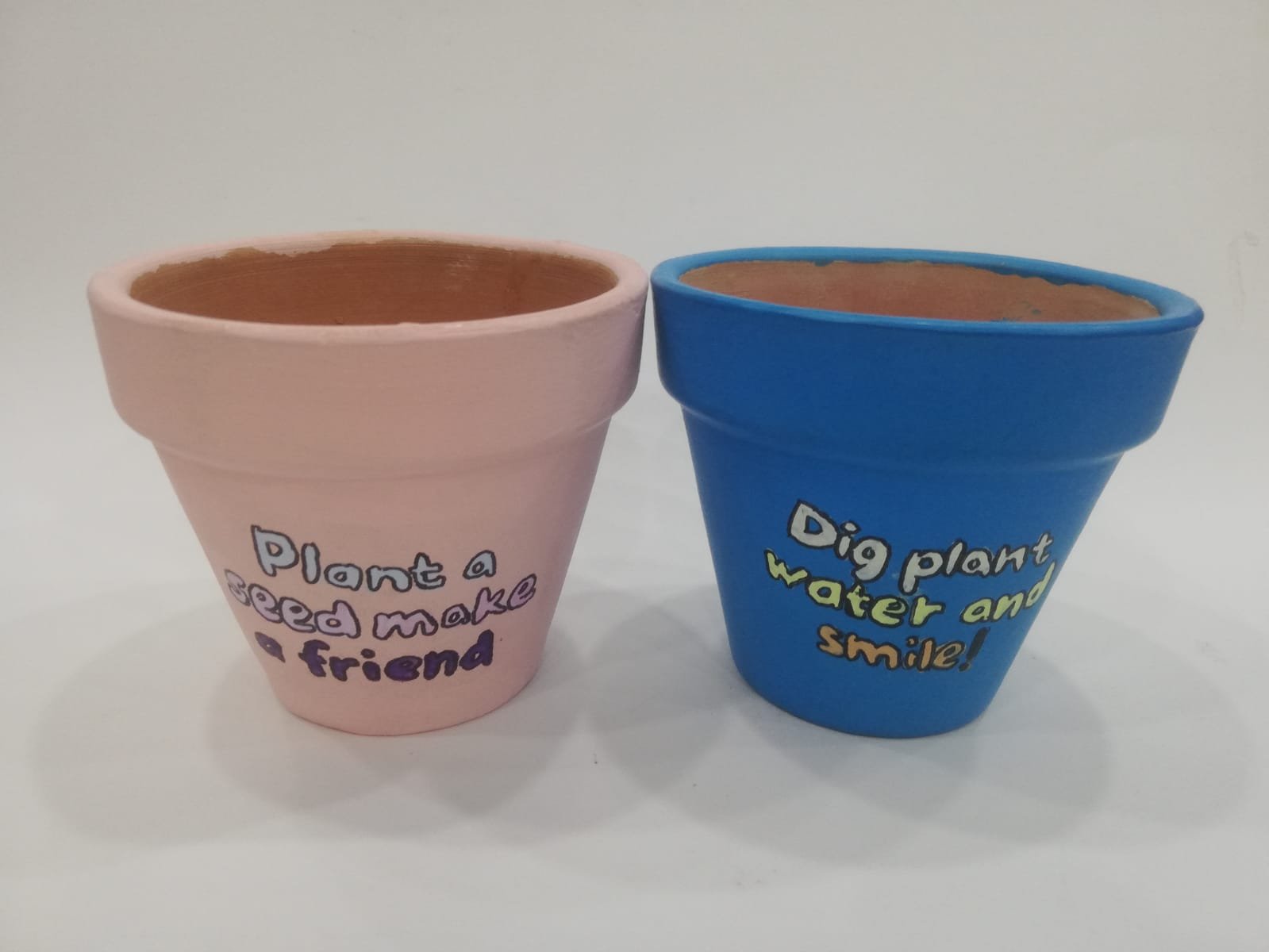

Reviews
There are no reviews yet.